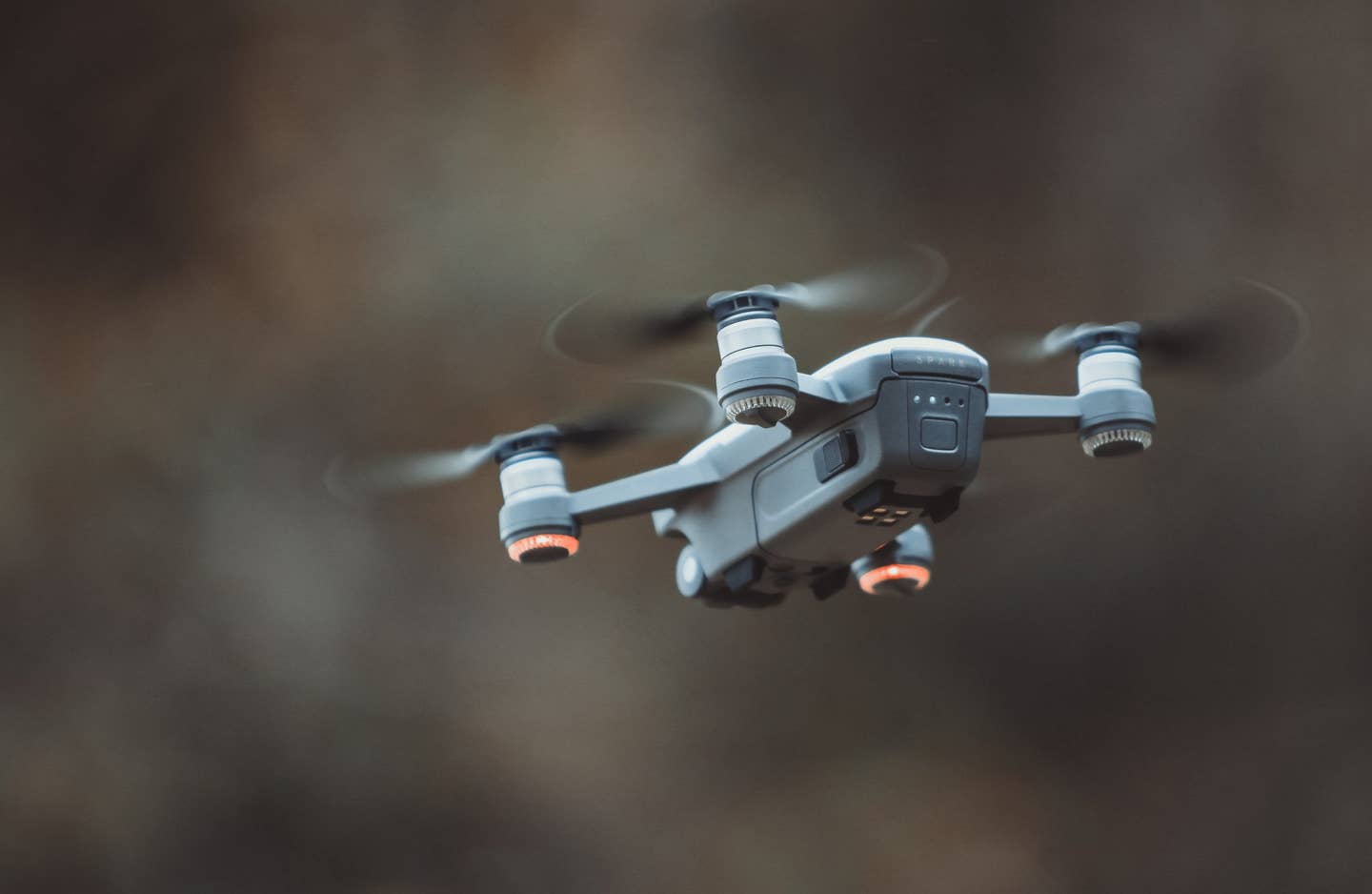FAA Concludes Second Phase Of Drone Traffic Management Pilot Program
The FAA announced on Tuesday that it has finished the second phase of its Unmanned Aircraft System (UAS/drone) Traffic Management Pilot Program (UPP). UPP Phase 2 objectives included “testing of…

The FAA announced on Tuesday that it has finished the second phase of its Unmanned Aircraft System (UAS/drone) Traffic Management Pilot Program (UPP). UPP Phase 2 objectives included “testing of Remote Identification (RID) technologies and operations with increasing volumes and density.” According to the agency, program results will be used as a proof of concept for UAS traffic management (UTM) capabilities along with informing policy, standards development and UTM system implementation.
“The demonstrations will help move us closer to safe beyond-visual-line-of-sight drone operations,” said Pamela Whitley, FAA acting assistant administrator for NextGen. “Flight testing UTM capabilities in high-density airspace will help us develop policy for safely and efficiently integrating drones into our national airspace while benefiting and serving communities.”
Along with NASA, the agency partnered with two UAS test sites for UPP Phase 2: the Virginia Tech Mid-Atlantic Aviation Partnership (MAAP) located in Blacksburg, Virginia, and the New York UAS Test Site (NYUASTS) in Rome, New York. The first phase of the program, which ended in August 2019, focused on demonstrating services such as the exchange of flight intent data among operators, UAS volume reservations (UVRs) and the ability to share UVRs. UPP is separate from the FAA’s recently completed UAS Integration Pilot Program (IPP).






